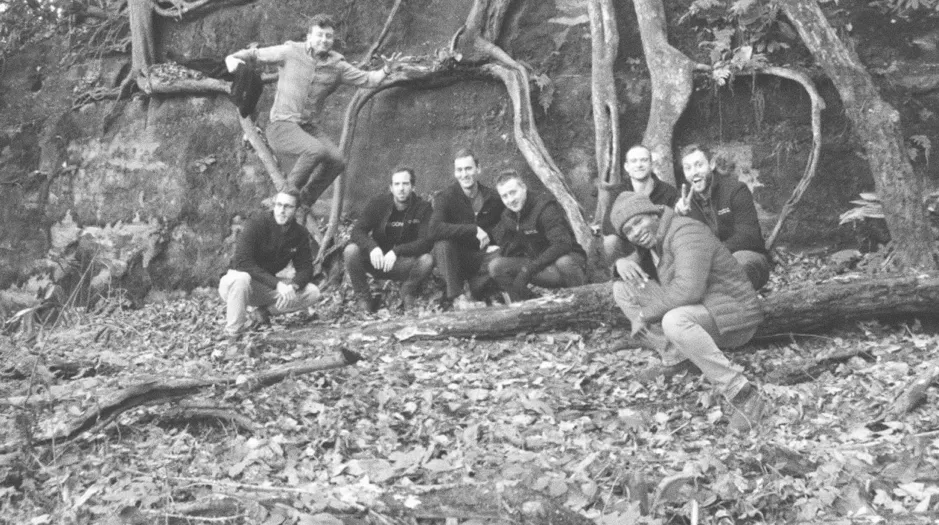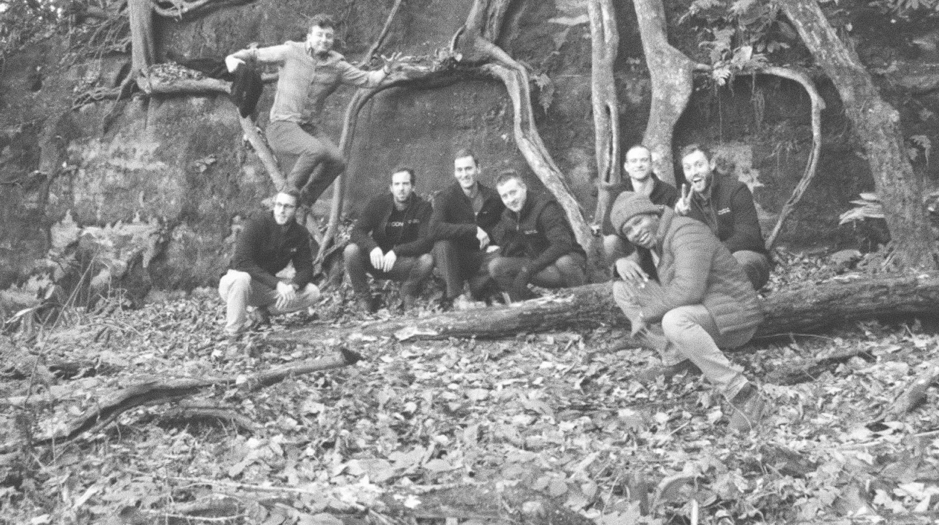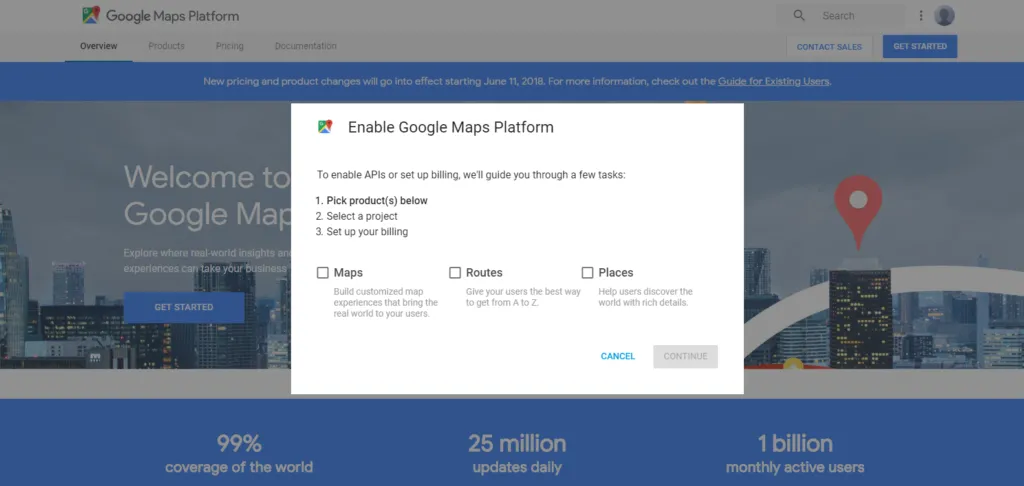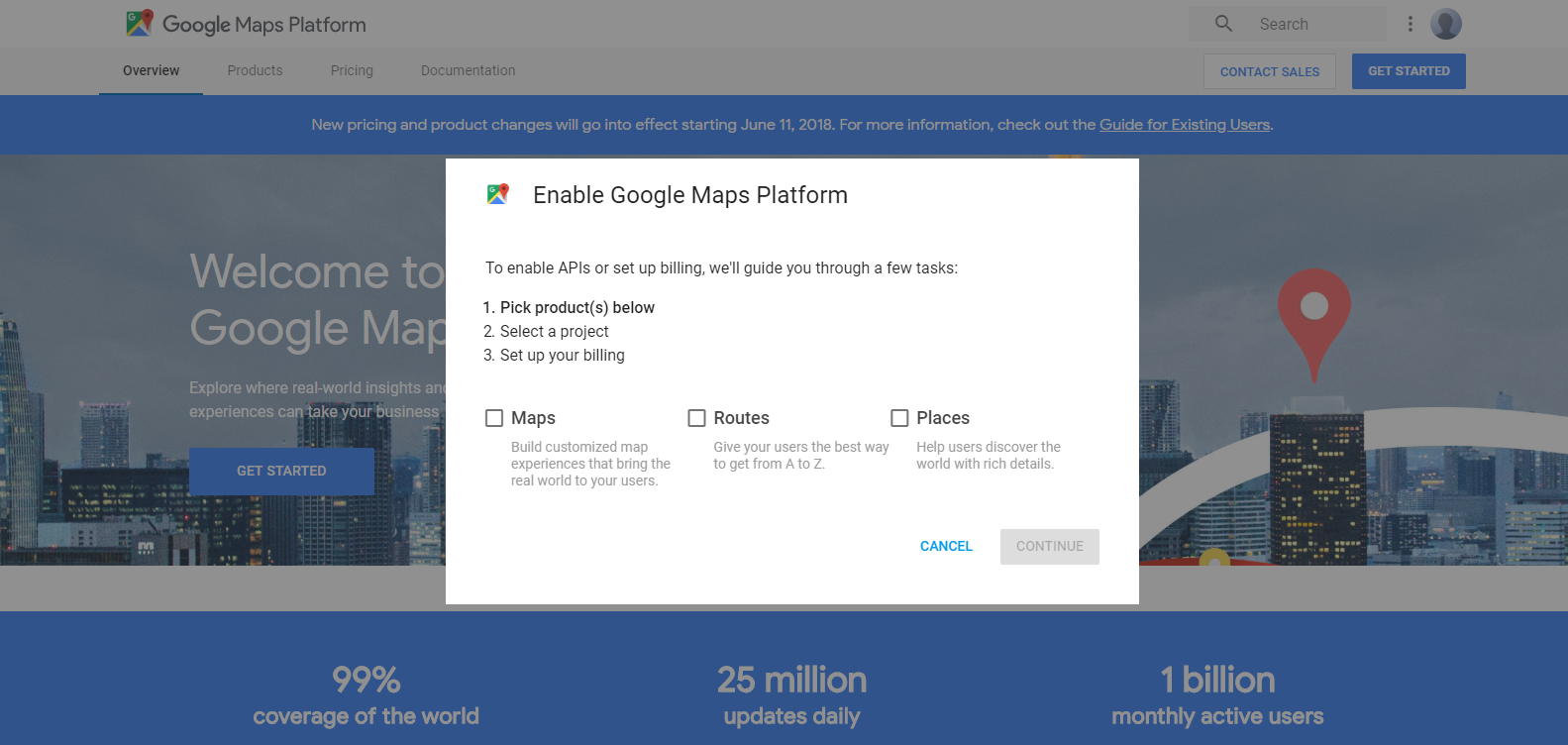
Meet Spatial ai – the startup that is building a dashboard for the living city! #TheNextGeo
The world’s population is increasingly urban. By 2045, close to 6 billion people are expected to be living in cities (UN report). An increasing urban population and ever-changing dynamics in a cities mean that we need a (way) better method to understand our cities and how we as humans interact with the physical environment around us. We need to be able to have the same amount of knowledge a local would have in a small town and be able to understand our cities in the same way. Can social media (and spatial AI) help? Spatial, the startup from Cincinnati certainly thinks so!
I am really excited to talk to Lyden Foust, CEO of Spatial about his vision for building “a dashboard for the living city” using conversations from social media. Lyden and Spatial ai literally “blew my mind” when I first spoke to them last year and its a pleasure to interview them as part of the #TheNextGeo series. Here’s what Lyden had to say about Spatial and his vision. Read on!

The team behind Spatial ai. From Left (Jimmy Chase, Jack Schroder, Griffin Morris, Nathan Rooy, Phillip Martin, Will Kiessling, Lyden Foust, Chad Gardener).
Spatial is a location data company that uses conversations from social networks to understand how humans move and experience the world around them.
Q: You used to work as an ethnographer before you started spatial.ai, what motivated you to dive into the world of maps and data science? When did you decide that you wanted to start your own company?
A: First of all, since playing Sim City 2000 I have been hooked on how cities move and change. Then while reading Lord of the Rings I became fascinated with Tolkien’s maps. I thought this had little to do with my day job as an ethnographic researcher, where I studied communities for companies like Procter & Gamble or Johnson & Johnson.
As a researcher, I found it difficult to get a “human” understanding of a community before I was sent to research. This, of course, was a big issue, because if we picked a bad place, it could result in months worth of wasted research at a minimum. One research trip, in particular, I found myself at the wrong place/wrong time and ended up getting held at gunpoint. Talk about bad location choice.
Even if we picked the right place to research, it was still very hard to develop the type of relationship with the people there where they would behave naturally, and not like there was a researcher around. At some point in late 2015, I stumbled across an epiphany. While researching, I noticed people would tell their social media more than they would ever tell me. Geolocation with phones allowed folks to share location publicly – thus creating essentially a huge map of conversations. I realized at that point that there was a layer of data above every city, that was constantly moving and changing – a map that could give you the emotional heartbeat of a community – the thing I had been searching for since popping in that floppy disk to play Sim City. (Side note: Yes, floppy disks did exist even in 2000 and you could play games with it..)
Q: To say that Spatial is working on building an API that answers “Location questions” is to do injustice to the awesomeness of what spatial ai is all about. Could you tell us a bit more about what you are working on? What problem are you trying to solve? How does location data play a role in it?
A: At the most basic level, the problem we solve is: “How do I make the right location decision without knowing social context of the community?”. As you can tell, this is particularly important for the brick and mortar stores that define our communities and the roads that connect them.
Retail brick and mortar companies use our 500 categorized social segments to pick the right spot in cities. We have improved retailers site forecasts by 15 – 30%, such as when we showed pay less that tracking bikinis, babies, and versace impacts bottom line revenue.
Companies like Ford, and cities like Pittsburgh, Miami, and Grand Rapids are using our data to design transportation. Tracking a community’s access to the intellectual, financial, relational, health, and spiritual resources they need to thrive. For example, we can understand intellectual access by tracking to what extent a community talks about like philosophy, STEM, history, science, sculpture etc. The traditional way of doing this by measuring the distance from POI’s like schools or museums ignores the fact that you don’t have to be in a school or museum to have access to this type of thinking. It could very well happen in a pop-up event, or with street art – or within homes. Again making what was once immeasurable, measurable.
It is obvious that the personalities of communities are extremely important in how we design cities, but until now we have never been able to quantify them. Now we can.
Q: Most of the data and the analysis that powers spatial ai is from social media. How do you ensure that all these insights are not just being driven by tourists visiting places that they read about on the internet in the first place?
A: Most of the data we collect is from locals. Think of it, you are probably only vacationing a short percentage of the year. That being said, we have a few very clear tourist related segments in our dataset, delineating that from the way locals talk – these segments are important to cities for tracking how “inviting” + “accessible” certain areas are for people not acquainted with the city.
Q: As an ethnographer, it must be hard for you to have a tool like Spatial ai at your disposal and not try to explore the human geography of different cities.
Oh man, I do explore the human geography of cities A LOT! More digitally now with Spatial than I used to do with boots on the ground research. More interesting than what a community is like today, is how it has changed in the past few years. Then you get a sense of the trajectory of a community and begin seeing patterns.
Q: Is a Tesla better than a smart ranger? What do you think, Lyden? Side note: You guys need to watch the YouTube video, to get why this question makes sense 🙂
A: That is the good thing about API’s, it is up to the world’s creativity on how to use our data. The Spatial API can also work the other way around! Instead of restaurant or attraction companies picking the right communities of people, people can use our data to pick the right restaurants or attractions.
The navigate like a local API appends attributes people talk about on social media to points of interest: such as “Find me a seafood restaurant that also serves vegan food”, or “Where can I listen to live music and watch the sunset” – all questions location assistants fail to answer.
This is particularly useful in vehicles as the video shows, where you can’t be hands-free enough to do research (yet). We are working with companies like Ford to make this type of search the standard for location data.
Q: As a startup founder, I am sure that there are many things that you must have learnt along the way. What was the most interesting feedback that you received so far?
A: Deep. My fiance told me about two months ago that I was not getting enough sleep, on average doing about 5 hours a night. We realized I was taking 100% of my identity from being a startup founder, so of course, I was spending every last second at work. This attitude literally decreased my social intelligence and mental capacity.
I had a worldview shift recently as I consider what it means to be a husband, friend, colleague, a father and eventually a grandfather. I am getting 8 hours of sleep, doing fewer things but getting more done, and focusing solely on what builds my team up so they can help companies build cities.
Q: You guys are working with Ford, Waze, Uber, Mapbox and a couple of more noticeable names in the tech industry. It certainly looks like you have already cracked the code on “a startup’s guide on how to make money”
A: Nope, we are about 4 months away from really nailing that one in the fashion I envision. It is important that we do because thousands of location decisions are made every day – and every one that is made without taking community context into account is leaving both money on the table for the company, and thriving commerce for the community.
Q: How does your business model look 4 months from now? Are there any changes to your current model that you’d like to make or is it just a process of selling it right?
A: As we have grown we have moved closer and closer to a pure data play, which was always the vision. To show people how to use the data, we had to build quite a few custom things for our customers. Now companies see how they can use it and just want the feed.
Q: Where do you see Spatial ai, 3 years from now?
A: Three years from now there will be a new row on every location data sheet that says CSI (Composite Social Indicator). This is simply the next natural step in understanding cities: Census > Psychographics > Movement data > Social data. We want to bring a quantified social voice to the critical decisions that shape cities.
Q: You are based in Cincinnati, Ohio, USA. How’s the startup scene there? Is it easy to hire people and get investments?
A: I have some thoughts on this one. This question is very important because it points to how smaller cities can thrive. Outside of the coasts, no one community alone is good for startups and investments. There is a systemic issue that tends to pit one city vs. the other (ie. Detroit is better than Columbus, or Cincinnati is better than Pittsburgh) – you see this come out in articles all the time (top 10 cities to run a startup in the midwest etc.).
What we in the midwest should be thinking about is how all of these communities work together. There is a Diamond in the Midwest as Ted Serbinksi puts it. Chicago, to Detroit, to Pittsburgh, Cincinnati, Indianapolis and back up. If we all operate as one, the combined strength can result in better cities and more opportunity. I think we are an early example of that, our first small seed check came from Cincinnati, Detroit chipped in with the next quarter of the round, and then Chicago followed on with the biggest sum. This could not have happened if we pitted city vs. city.
Cincinnati is a great place to start a company, but to get from great to excellent will rely entirely on our ability to lean on other cities vs. compete with them.
Q: Okay, this is a tricky one – on a scale of 1 to 10 (10 being the highest), how geoawesome do you feel today?
A: It is earth day, and I am tracking which communities most love the earth – so I’d give it a 10 – this is pretty geoawesome.
EDIT: Spatial recently mapped the greenest communities in Cincinnati, check it out ““.
(Lyden and I spoke on Earth day…)
Q: Any closing remarks for anyone looking to start their own geo startup?
A: Three pieces of advice if you choose to go the route of the startup:
- Keep people updated weekly, especially at the beginning: I have been keeping a weekly update for 2.5 years now. It helps our team stay on track and has shown traction with investors.
- Beware the fountain of Galadriel: In LoTR, those who looked into this fountain would see their own unique truth, it was a reflection on them. Especially with geo-related companies, everyone will look into your startup and see something different they’d like to use it for. Be clear about exactly what you do and honour what they are seeing.
- Create a culture of invitation and challenge: Encouraging and never challenging others is ruinous to both you and your team. Direct challenge without showing care burns people out. Care personally and challenge directly. In the end, the product you make is a direct reflection of who you are as a team, this is a truth no one can hide from.
If you would like to reach out to Spatial ai or Lyden, here is his twitter handle @lydenfoust
The Next Geo is supported by Geovation:
 Location is everywhere, and our mission is to expand its use in the UK’s innovation community. So we’re here to help you along your journey to success. Get on board and let’s start with your idea…
Location is everywhere, and our mission is to expand its use in the UK’s innovation community. So we’re here to help you along your journey to success. Get on board and let’s start with your idea…
Learn more about Geovation and how they can help turn your idea into reality at geovation.uk
About The Next Geo
The Next Geo is all about discovering the people and companies that are changing the geospatial industry – unearthing their stories, discovering their products, understanding their business models and celebrating their success! You can read more about the series and the vision behind it here.
We know it takes a village, and so we are thrilled to have your feedback, suggestions, and any leads you think should be featured on The Next Geo! Share with us, and we’ll share it with the world! You can reach us at info@geoawesomeness.com or via social media 🙂







